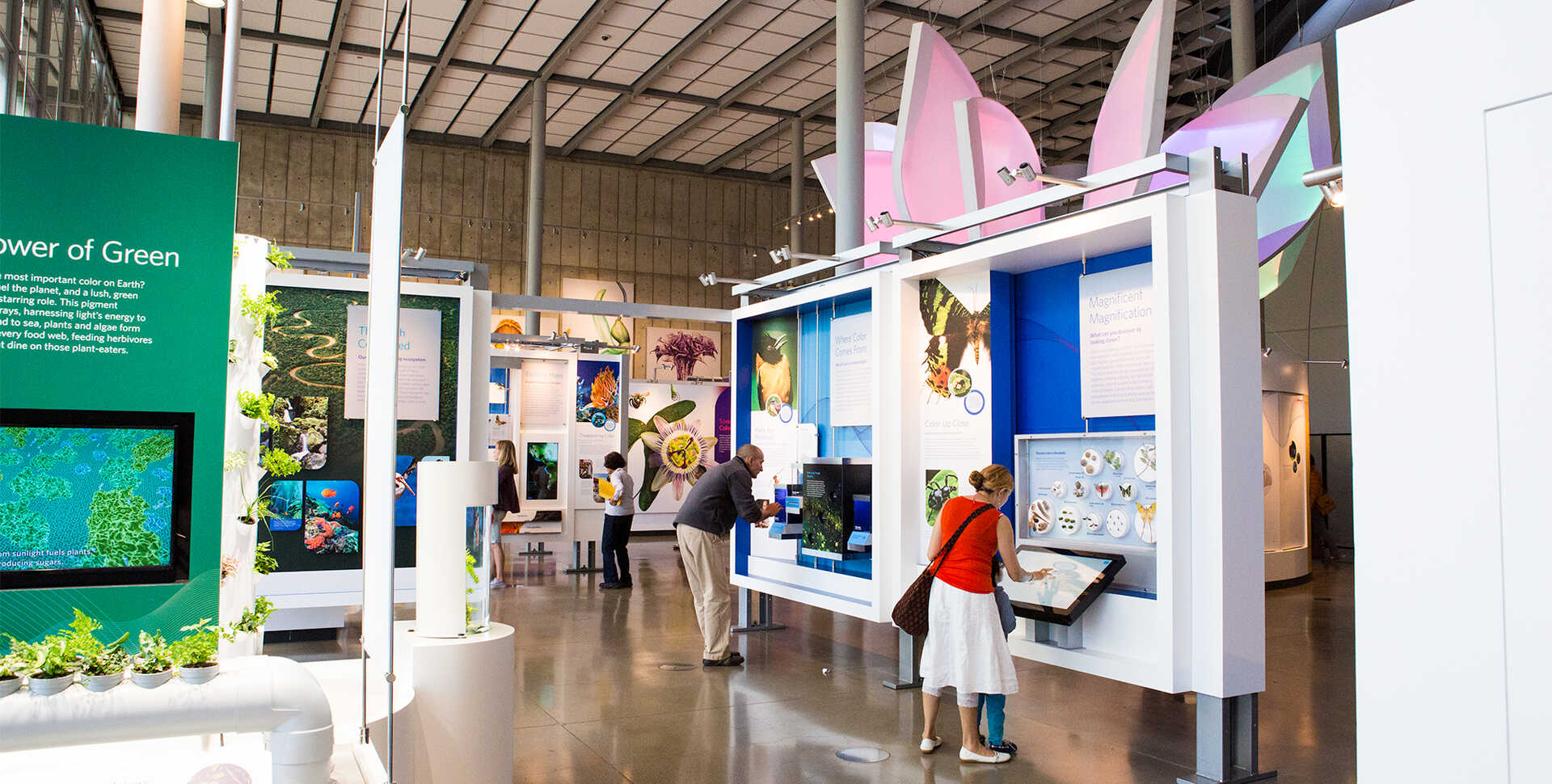A glipse of the exhibit, located in several areas totalling an impressive 8.000sqft:
 |
| (C) California Science Museum |
The Science Museum has chosen my work, as the petals of this R. fulgida exhibit a very prominent "bullseye" UV pattern, visible to bees and butterflies, but invisible to us humans.
Diptych of R. fulgida var deamii (left to right): Human vison, reflected UV:

This flower is reflecting UV strongly around 365nm at its petal tips (shown in yellow) with otherwise dark parts and hence creates a very distinct UV "bullseye pattern" nectar guide for its pollinators and all this gets nicely visible here.
If you find time to, pay it a visit, certainly worth going!!
I have written about this flower previously HERE
Stay tuned, more will follow on that fascinating subject...

